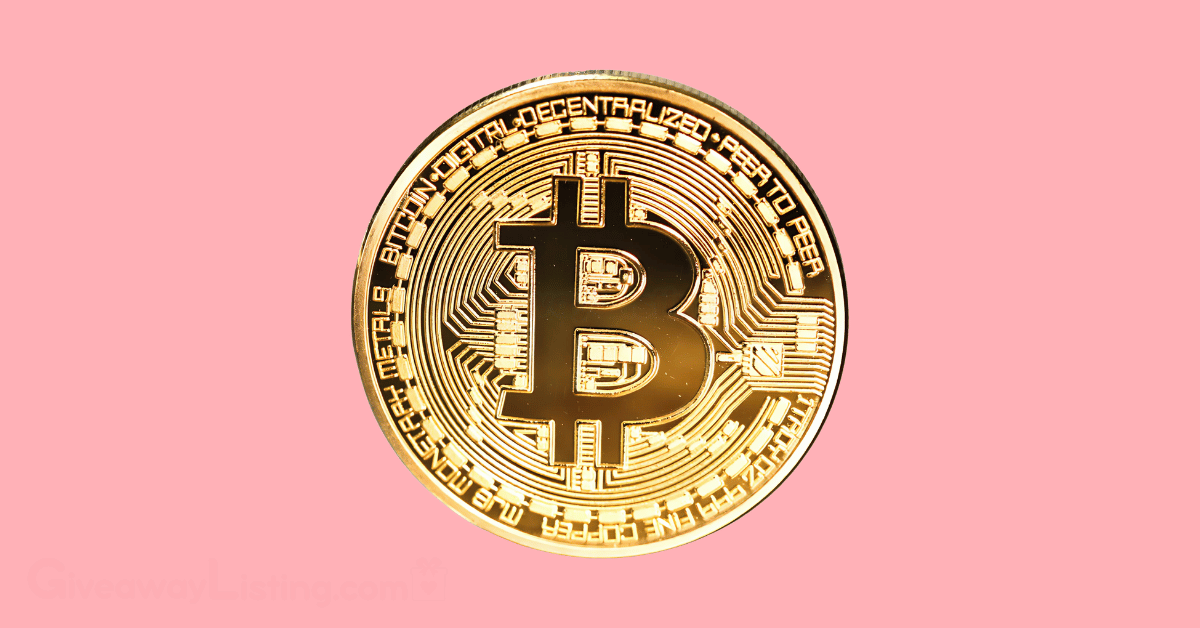What is Bitcoin? BTC Explained December 2025
Bitcoin is the original cryptocurrency that kicked off the entire digital currency movement. You’ve probably seen it mentioned everywhere, from news headlines to social media posts. It stands as the world’s most popular and valuable digital currency.
It is a decentralized digital currency. This means that no single entity, such as a bank or government, controls it. Instead, it operates on a global peer-to-peer network, allowing users to send and receive value directly with one another without the need for a middleman. All transactions are recorded on a public digital ledger called the blockchain, which is maintained by a global network of computers. This process ensures that transactions are secure and cannot be altered once confirmed.
People use Bitcoin for a few key reasons. It’s a way to send money across borders quickly with typically lower fees than traditional banking. It’s also an investment asset, often referred to as “digital gold” because its supply is capped at 21 million coins, making it scarce by design. This appeals to investors and everyday people, especially in countries with unstable economies, who are seeking an alternative way to safeguard their savings. Bitcoin’s creation during the 2008 financial crisis was a direct response to a need for a financial system that operates on cryptographic proof instead of trust.
Why is Bitcoin Unique? BTC Features
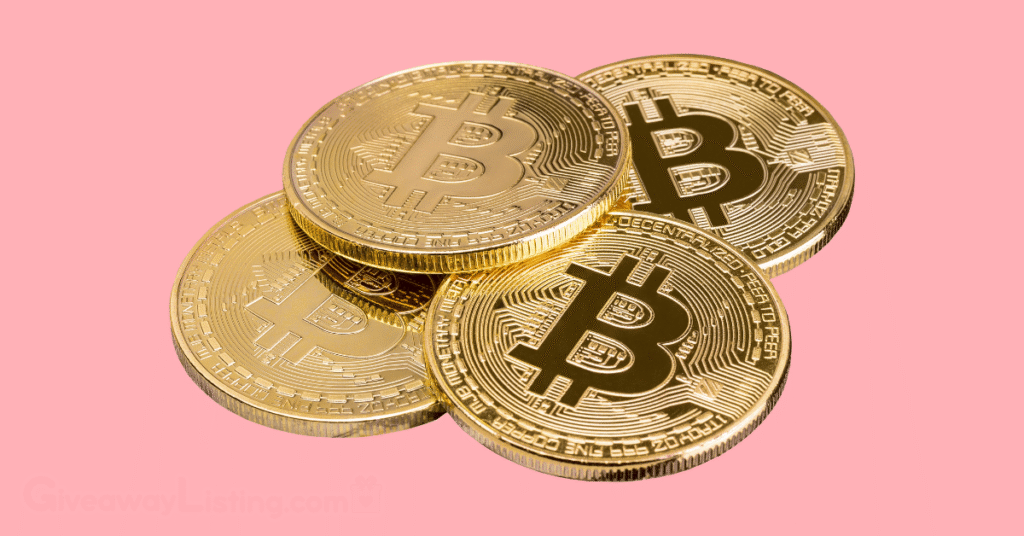
Now that you have a good idea of what Bitcoin is, you should also get familiar with the features that make the digital currency stand out. While thousands of other cryptocurrencies have been created, Bitcoin maintains several key distinctions.
| Feature | Bitcoin (BTC) | Ethereum (ETH) | Solana (SOL) | Tether (USDT) |
|---|---|---|---|---|
| Main Purpose | Peer-to-peer electronic cash & store of value. | A platform for smart contracts and decentralized applications (dApps). | High-speed, low-cost platform for dApps and decentralized finance (DeFi). | A stablecoin pegged 1:1 to the US dollar, designed to maintain a stable value. |
| Creator(s) | Anonymous founder(s) known as Satoshi Nakamoto. | Vitalik Buterin and a team of co-founders. | Anatoly Yakovenko. | Tether Limited. |
| Launch Year | 2009 (The first cryptocurrency). | 2015. | 2020. | 2014. |
| Supply Limit | Hard cap of 21 million coins. | No maximum supply, but annual issuance is capped. | No maximum supply; uses an inflation schedule that decreases over time. | No supply cap; new tokens are minted based on assets held in reserve. |
| Transaction Speed | Blocks are created about every 10 minutes. | Blocks are created about every 12-14 seconds. | Blocks are created in about 400 milliseconds. | Transaction speed depends on the blockchain it’s running on (e.g., Ethereum, Solana). |
| Security Model | Proof-of-Work (PoW): Extremely high computational power required. | Proof-of-Stake (PoS): Relies on validators staking their own ETH. | Proof-of-History (PoH) & Proof-of-Stake (PoS): A unique combination for high throughput. | Relies on the security of its host blockchain. |
There is a lot more to Bitcoin’s distinctiveness in its background story and historical facts.
Bitcoin History, Facts & Statistics
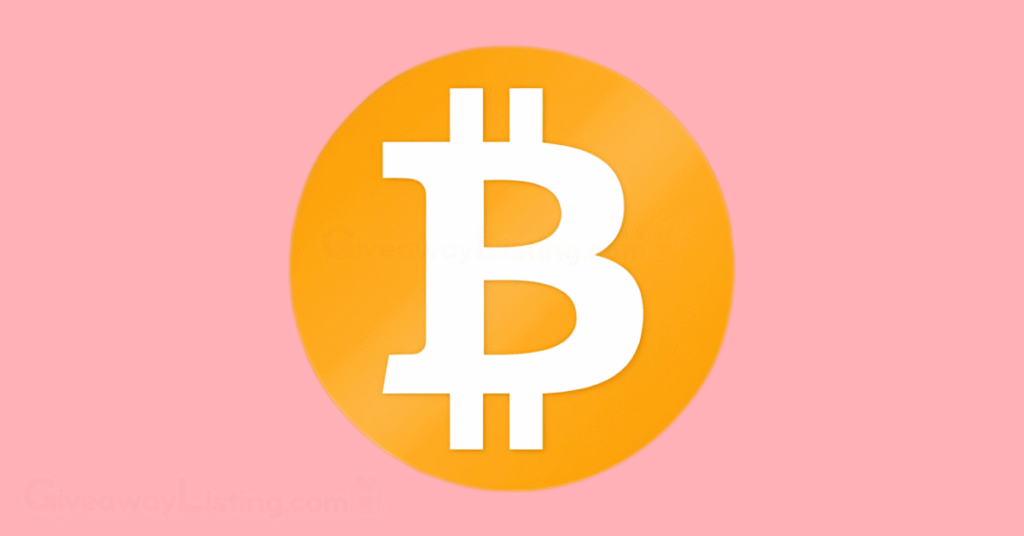
The arrival of Bitcoin didn’t just introduce a new asset; it kickstarted the entire world of cryptocurrency and reshaped conversations about the future of money. Its origin story is as unique as the technology itself, setting the stage for a new kind of finance.
The History of Bitcoin
On October 31, 2008, a person or group using the name Satoshi Nakamoto published a nine-page whitepaper titled “Bitcoin: A Peer-to-Peer Electronic Cash System.” The paper outlined the framework for a new form of money that wouldn’t require banks or governments to manage it.
The motivation was clear: to create a financial system based on mathematical proof rather than relying on trust in institutions prone to failure. This was famously embedded into the very first block of Bitcoin transactions, known as the “Genesis Block,” which was mined on January 3, 2009. It contained a hidden message: “The Times 03/Jan/2009 Chancellor on brink of second bailout for banks.”
To this day, the true identity of Satoshi Nakamoto remains a mystery. After guiding the project in its early days and making the first-ever Bitcoin transaction to developer Hal Finney, Satoshi gradually faded away from the community, handing over control of the source code and website to others before disappearing completely in 2011. This anonymity has become a core part of Bitcoin’s identity, reinforcing its decentralized nature—it truly has no single leader.
Bitcoin’s Key Facts & Statistics of December 2025
- Bitcoin has a hard cap of 21 million coins that can ever be created, a rule coded into its DNA that makes it a scarce asset.
- As of mid-2025, approximately 19.8 million BTC are already in circulation.
- Roughly every four years, the reward for mining new blocks is cut in half. The most recent halving in April 2024 reduced the block reward to 3.125 BTC.
- Bitcoin reached a peak of over $120,000 in July 2025.
- One of the first real-world transactions occurred on May 22, 2010, when a programmer paid 10,000 BTC for two pizzas, valuing Bitcoin at about $0.0025 at the time.
- It’s estimated that there are over 420 million crypto users worldwide, with Bitcoin being the most widely held digital asset.
- Bitcoin consistently holds the largest market capitalization among all cryptocurrencies, often accounting for more than 50% of the entire cryptocurrency market’s value.
- Over 200 public companies have added Bitcoin to their balance sheets.
Of course, the Bitcoin story is not set in stone, and its value is subject to significant fluctuations and market uncertainties.
BTC Price Predictions: Is Bitcoin Going to Crash or Moon in 2025?

Digital currencies are famous for their price volatility, and Bitcoin is the original rollercoaster. Its history is marked by spectacular climbs and sharp drops, going from being worth less than a penny to reaching a record high of over $120,000. This constant movement keeps everyone guessing what’s next.
Factors That Influence the Price of Bitcoin
Several elements influence Bitcoin’s price. The most powerful is its built-in supply and demand mechanics. The Bitcoin halving, which occurs approximately every four years, reduces the creation rate of new coins by half. The April 2024 halving reduced the new supply, and historically, these events have been followed by major price increases in the following year.
This supply squeeze is currently meeting a surge in demand, largely thanks to the approval of Spot Bitcoin ETFs in the United States in early 2024. These funds enable institutional and retail investors to gain exposure to Bitcoin, injecting billions of dollars into the market.
Another major factor is institutional and corporate adoption. Big players are increasingly viewing Bitcoin as a legitimate treasury asset. As more companies add Bitcoin to their balance sheets, it not only creates more demand but also lends credibility to the asset. Changes in accounting rules that allow companies to report the fair value of their Bitcoin holdings have also made it a more attractive asset for corporate treasuries.
Finally, the global economic climate and government regulations play a huge part. In times of high inflation, some investors turn to Bitcoin as a “digital gold” to protect their wealth. Conversely, strict regulations or outright bans in major economies can create fear and drive prices down. On the other hand, clearer regulatory frameworks can build investor confidence and support higher prices.
Is Bitcoin Going to Crash or Moon in 2025?
The prevailing sentiment among many market watchers is optimistic, pointing toward a potential moon scenario. The combination of the post-halving supply shock and the relentless demand from ETFs has created a very bullish setup. Analysts are pointing to price targets ranging from $150,000 to as high as $250,000 by the end of the year.
However, a crash is never off the table. A sudden global recession could force investors to sell off what they see as high-risk assets. A significant regulatory crackdown in a key market, such as the U.S., or a large-scale security breach could also trigger a sharp sell-off. Bitcoin’s price is notoriously sensitive to market sentiment, and negative news can have a disproportionately large impact.
2025 looks to be a pivotal year. The data suggests a strong upward trend fueled by fundamental changes in how Bitcoin is accessed and perceived. While the risk of pullbacks remains, the powerful duo of shrinking supply and growing institutional demand makes a continued bull run the more likely scenario. For a deeper look at specific price targets, you can check out this detailed Bitcoin price prediction.
Bitcoin Risks, Scams, and Hacks
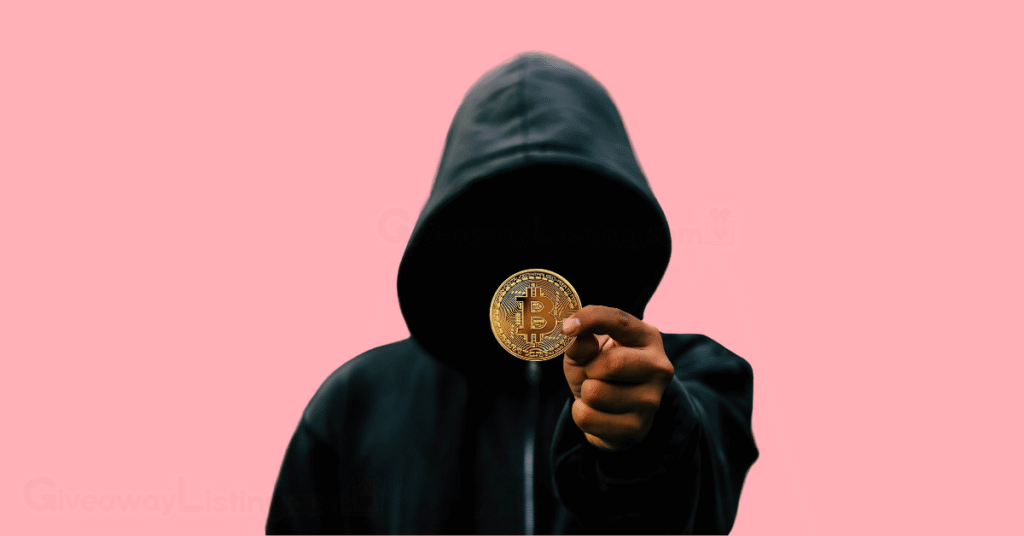
There aren’t only risks involved in Bitcoin trading and investment, but also prevalent crypto scams that can cause people to lose their money.
The Risks Associated With Bitcoin
The most obvious risk with Bitcoin is its price volatility. The value can swing dramatically in very short periods, which makes it a high-risk asset. It’s not uncommon to see double-digit percentage changes in a single day. This is partly due to its relatively young market and its sensitivity to news and market sentiment. You should never invest more than you are willing to lose.
Regulatory uncertainty is another major risk. Governments around the world are still figuring out how to approach cryptocurrencies. A new law or a sudden ban in a major country can have a swift and significant impact on Bitcoin’s price. At the same time, transactions on the Bitcoin network are irreversible. Once you send your coins and the transaction is confirmed on the blockchain, it’s final. There is no bank or central authority to appeal to if you send funds to the wrong address or fall for a scam.
- Do Your Own Research (DYOR): Never invest based on hype or a tip from a stranger online. Understand what you are buying.
- Start Small: Don’t put all your savings into Bitcoin. Only invest an amount that you are financially prepared to lose without it affecting your life.
- Use Reputable Exchanges: Stick to well-known and regulated cryptocurrency exchanges to buy and sell Bitcoin.
- Double-Check Addresses: Before sending any Bitcoin, carefully check and re-check the recipient’s address. A single mistake can mean your funds are lost forever.
- Stay Informed: Keep up with the latest regulatory news in your jurisdiction to understand how it might affect your holdings.
How to Avoid Bitcoin Scams and Hacks?
The world of Bitcoin has seen its share of high-profile scams and thefts. The collapse of the Mt. Gox exchange in 2014, where 850,000 bitcoins were lost, remains a cautionary tale about the dangers of leaving your assets on a third-party platform. If you don’t control the private keys, you don’t truly own your Bitcoin.
Today, the methods are more sophisticated. Phishing is a massive problem, where scammers create fake websites, emails, or social media accounts that look identical to real ones to trick you into entering your login details or private keys. Another common tactic is the impersonation giveaway scam, where a fake account pretending to be a celebrity or crypto influencer promises to send you back double the amount of Bitcoin you send them. These are always scams.
- Be cautious of anyone promising guaranteed profits. All investments carry risk, and crypto is at the higher end of that spectrum.
- Watch out for pressure to act immediately. Scammers often create a false sense of urgency.
- NEVER share your private keys or seed phrase with anyone for any reason. Your seed phrase is the master key to your entire wallet.
- Be suspicious of unsolicited offers you receive via email or direct message.
- Look for poor grammar and spelling on websites or in communications, which are common red flags for scams.
- Don’t fall for free giveaways that require you to send a small amount of crypto first to “verify” your address.
How to Secure Your Bitcoin Wallet?
- Use a Hardware Wallet: This is the gold standard for security. A hardware wallet, also known as a cold wallet, is a physical device that stores your private keys offline, away from online threats.
- Back Up Your Seed Phrase Securely: When setting up a wallet, you’ll be given a 12- or 24-word recovery phrase. Write this down on paper and store it in a safe, private place. Make multiple copies and store them in different locations. Never store it digitally on your computer or phone.
- Enable Two-Factor Authentication (2FA): For any exchange or online service you use, enable 2FA using an app like Google Authenticator or Authy. It adds a critical layer of security.
- Use Strong and Unique Passwords: Create complex passwords for all your crypto accounts and don’t reuse them.
- Keep Your Software Updated: Always install the latest updates for your wallet software and your computer’s operating system to protect against vulnerabilities.
Always get your information directly from official channels and be extremely skeptical of anyone asking you to connect your wallet to an unknown site.
Latest News on Bitcoin
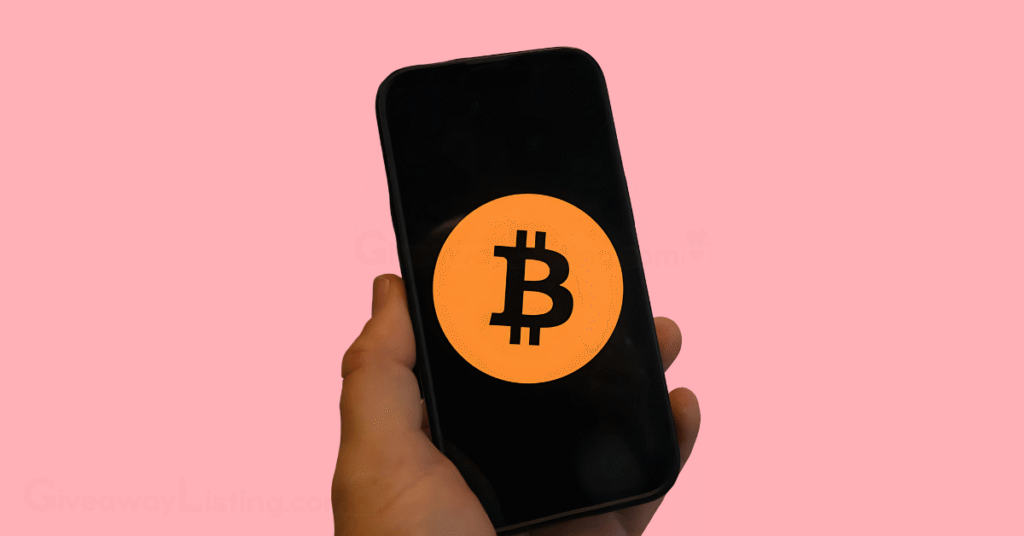
Since its creation, Bitcoin has grown from a niche experiment for tech enthusiasts into a globally recognized financial asset. Its journey has been marked by key technical updates and a growing acceptance by both individual and institutional players, pushing it into mainstream conversations and financial markets. Many are now getting involved through new methods like the growing number of tap-to-earn games.
Here is a look at some of the latest developments and upcoming events for Bitcoin as of 2025:
- Record-Breaking Price: Bitcoin has been hitting new all-time highs in 2025, surging past $123,000 in July.
- Massive ETF Inflows: The approval of spot Bitcoin ETFs in the U.S. has led to a flood of institutional money. On a single day in July, these funds saw a net inflow of over $779 million, with BlackRock’s IBIT fund being a major recipient.
- Favorable U.S. Political Climate: The current U.S. administration has demonstrated a pro-crypto stance, with President Trump establishing a Strategic Digital Asset Reserve. This move, along with the passage of key legislation, signals growing support at the highest levels of government.
To stay current, it is best to follow official and reputable Bitcoin sources. Here are some key places to get reliable information:
- Bitcoin.org: The original website for the Bitcoin project, offering educational resources and information.
- Bitcoin Core: For those interested in the technical side, the project’s GitHub repository is the source for the core software development.
You can also follow the Bitcoin official X channel, and for the most current updates, you can check out the latest Bitcoin news from trusted sources.
How to Get Started with Bitcoin?
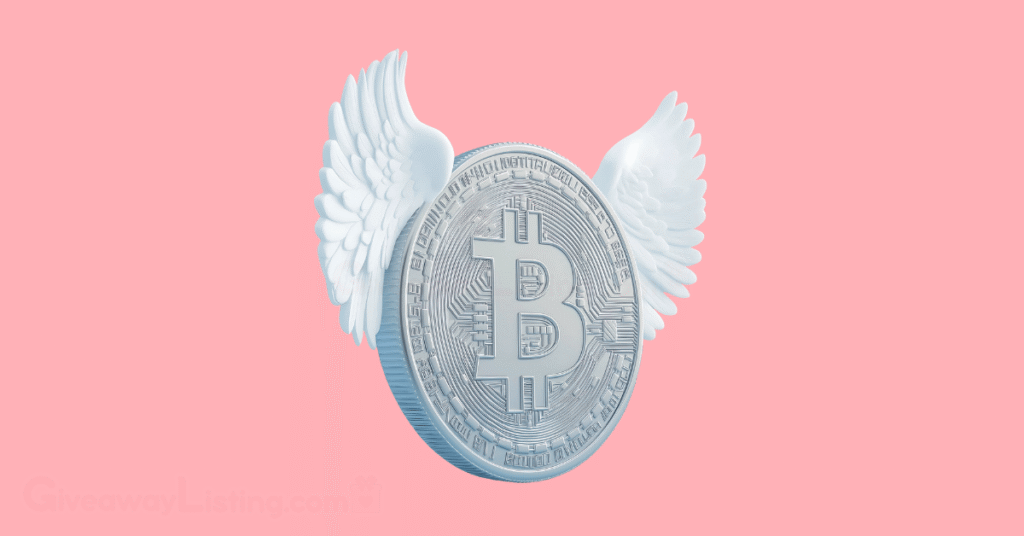
Getting your hands on Bitcoin is a lot more straightforward than you might think. You don’t need to be a tech wizard or a financial guru to get started. Just follow a few key steps, and you’ll be on your way.
- Get a Bitcoin Wallet: Before you can buy any Bitcoin, you need a place to store it. This is where a Bitcoin wallet comes in. You have two main options: a software wallet, also known as a hot wallet, or a hardware wallet, also referred to as a cold wallet. Software wallets are apps for your phone or computer and are convenient for small amounts and everyday use. Hardware wallets are physical devices that keep your Bitcoin offline, offering the highest level of security for long-term savings. When you set up your wallet, you will get a secret seed phrase (usually 12 or 24 words)—this is the master key to your funds. Guard it with your life and never share it.
- Choose a Place to Buy Bitcoin: The most common way to buy Bitcoin is through a centralized cryptocurrency exchange. Platforms like Coinbase, Kraken, and Binance are popular choices in the U.S. You’ll need to create an account and verify your identity by providing personal information, a process known as Know Your Customer (KYC). Once verified, you can link a bank account or debit card to make purchases with Bitcoin. Other options include Bitcoin ATMs and peer-to-peer (P2P) exchanges, which connect buyers and sellers directly.
- Buy Some Bitcoin: You don’t have to buy a whole Bitcoin, which can be quite expensive. You can buy a small fraction of one, known as satoshis. Decide how much you’re comfortable investing—remembering the high risk—and place your buy order on the exchange.
- Secure Your Bitcoin: Once you’ve bought your Bitcoin on an exchange, it’s a good idea to move it to the personal wallet you created in step one. Leaving your coins on an exchange means you don’t have full control over them. Moving them to your own wallet gives you possession of the private keys and puts you in charge of your assets. For any significant amount, a hardware wallet is the recommended choice.
- Understand Your Tax Obligations: In the United States and many other countries, Bitcoin is treated as property for tax purposes. This means you may owe capital gains tax when you sell, trade, or use your Bitcoin to buy goods or services. Keeping good records of your transactions is important. It’s always a good idea to speak with a qualified tax professional to understand your specific situation.
Bitcoin has evolved significantly from a niche idea on an internet forum to a multi-trillion-dollar global asset. It introduced the world to the concept of a decentralized, secure digital currency with a fixed supply, operating independently of any single company or government. The price can be extremely volatile, and the responsibility for securing your funds falls entirely on you. Being security-conscious isn’t just a suggestion; it’s a necessity.
Here are a few points to always remember:
- Your Keys, Your Coins: The most important rule in crypto. If you don’t control the private keys, you don’t own the Bitcoin.
- High Risk, High Reward: Bitcoin’s price can change dramatically. Never invest more than you can afford to lose.
- Transactions are Final: There’s no “undo” button on the blockchain. Double-check everything before you hit send.
- Security is Your Job: Use strong passwords, two-factor authentication, and a hardware wallet for the best protection.
- Taxes are a Thing: Be prepared to report your Bitcoin activity to the tax authorities in your country.
This information is current as of December 2025.
What is Bitcoin FAQs
Here are answers to some frequently asked questions about Bitcoin in 2025:
How Much is $1 in Bitcoin?
The amount of Bitcoin you get for $1 changes constantly with the market price. Because a single Bitcoin is worth thousands of dollars, your dollar will buy a small fraction, called a satoshi. There are 100 million satoshis in one Bitcoin, so $1 gets you a certain number of these tiny units.
How Exactly Do You Make Money From Bitcoin?
Most people make money by buying Bitcoin and holding it, hoping its price increases over time—a strategy known as “HODLing.” Others engage in more active trading to profit from short-term price swings. It is also possible to earn new Bitcoin through mining, which involves using powerful computers to secure the network.
How Do I Buy Bitcoin?
The most common way is through a cryptocurrency exchange, such as Binance or Kraken, where you can create an account and make purchases using a bank transfer or a credit card. You can also use peer-to-peer apps like Cash App or special Bitcoin ATMs. Recently, buying Bitcoin through spot ETFs in a traditional brokerage account has become a popular option.
Can I Invest $100 in Bitcoin?
Yes, absolutely. You don’t need to buy a whole Bitcoin to get started. You can purchase a fraction of a coin, so an investment of $100 is a great way to enter the market, learn how it works, and get some skin in the game without taking on massive risk.
What’s the Minimum Amount of Money You Can Invest in Bitcoin?
The minimum investment is set by the platform you use and is very low. Many popular exchanges, like Coinbase, allow you to buy as little as $2 worth of Bitcoin. This makes it extremely accessible for almost anyone to start with a very small amount, although fees can be a factor for small purchases.
Is Bitcoin Safe For Beginners?
Bitcoin is a high-risk asset due to its extreme price volatility, making it a challenging place for beginners. While the technology itself is secure, new users are vulnerable to scams and making mistakes, like losing their private keys. It is only safe if you take security seriously and invest only what you can afford to lose.

